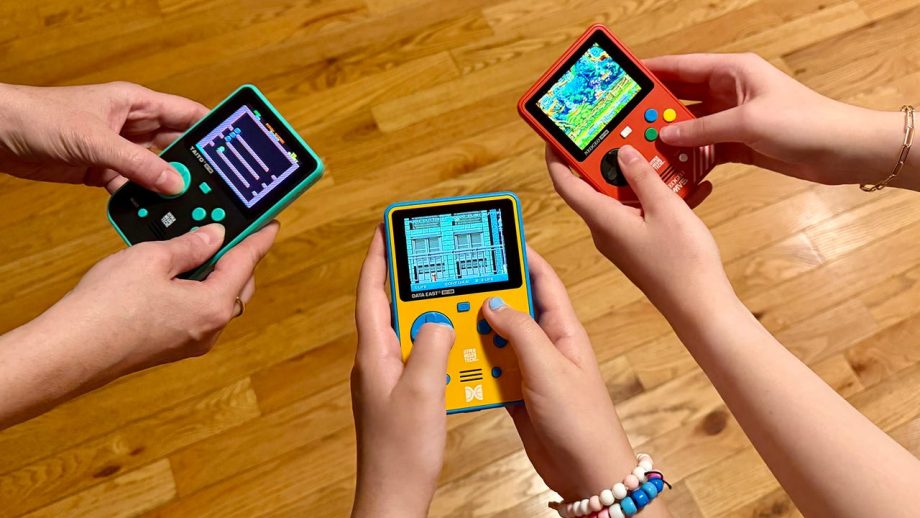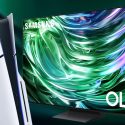Back in 2020, Blaze Entertainment made a splash in the retro gaming market with the introduction of the cartridge-based Evercade platform. Ever since, the platform has grown to include a variety of handhelds, consoles, and bartop arcades, along with more than 650 games across 78 – and counting – cartridges.
In late 2023, the company created the new brand HyperMegaTech to release a series of simpler GameBoy-like handhelds with built-in games, which also happen to accept Evercade cartridges. As with the growing number of other Evercade-compatible devices and cartridges, the Super Pocket series is already up to a half-dozen variations. Although the Super Pocket series may not have the best screen size and resolution, or the most ideal controls for every game, it’s still a value-packed portable companion, filling a completely different market than a handheld gaming PC. However, depending upon your gaming preferences, certain models may prove better values than others.
HyperMegaTech Super Pocket – Design and Features
Other than aesthetic themes and associated colorways, every Super Pocket edition features exactly the same hardware. The only other differentiator between models is the types and number of built-in games, which are themed to a specific publisher like Taito, Capcom, Atari, Technos, NeoGeo (SNK), or Data East. Sometimes limited editions will feature an additional cosmetic variation, like with the Atari Edition or NeoGeo Edition, with a woodgrain look for the former and MVS styling for the latter.
As a plug-and-play device, each Super Pocket package comes with the handheld, USB-C to USB-A charging cable, and quick start guide. You just need to charge, then power on.
When first powering on, you are prompted to answer a few questions, including your language and preferred difficulty (Easy or Normal) across all included games. Naturally, these and other settings are available to change after the fact by pressing the Game Menu button and choosing Settings.
At 3.07 x 4.92 x 0.98 inches and 0.36lbs, the Super Pocket is slightly smaller and lighter than the original Game Boy that clocked in at 3.5 x 5.8 x 1.3 inches. The sleeker body does support a slightly larger display at 2.8 inches (2cm larger than the Game Boy’s), although that’s still rather small for modern handhelds.
The IPS screen has a resolution of 320×240, a 4:3 aspect ratio. Overall, the display is colorful with good brightness and viewing angles, although the small screen size and low resolution do mean loss of detail in some places, particularly with text or games that don’t have a native 4:3 aspect ratio. While good close-up vision always helps when it comes to handheld displays, just keep in mind that certain games on the Super Pocket will not have an optimized viewing experience.
Display options include Original, Pixel Perfect, or Full Screen aspect ratios, as well as Shaders/Scanlines. Original aspect ratio ensures the original game’s graphics are not stretched or distorted, but may result in black bars on the sides or top of the screen. Pixel Perfect aspect ratio maps the original pixels to a “perfect” square of pixels, but may result in an even smaller active display than Original. Full Screen aspect ratio stretches a game’s image to fit the entire screen, which eliminates any black bars or dead space on the display, but also stretches or distorts in-game objects. Shaders/Scanlines include None, Subtle, or Strong, the latter two of which are meant to mimic how classic CRT displays processed pixel graphics. Subtle adds thin scanlines with minimal screen darkening, while Strong adds thick scanlines with more prominent screen darkening.
Below the display is the Game Menu button, direction pad, front speaker, Select/Insert Credit button, Start Game button, and the A, B, X, and Y face buttons. Both the direction pad and face buttons use standard membranes, so they have a softer feel and no real click but are still responsive enough for most games.






